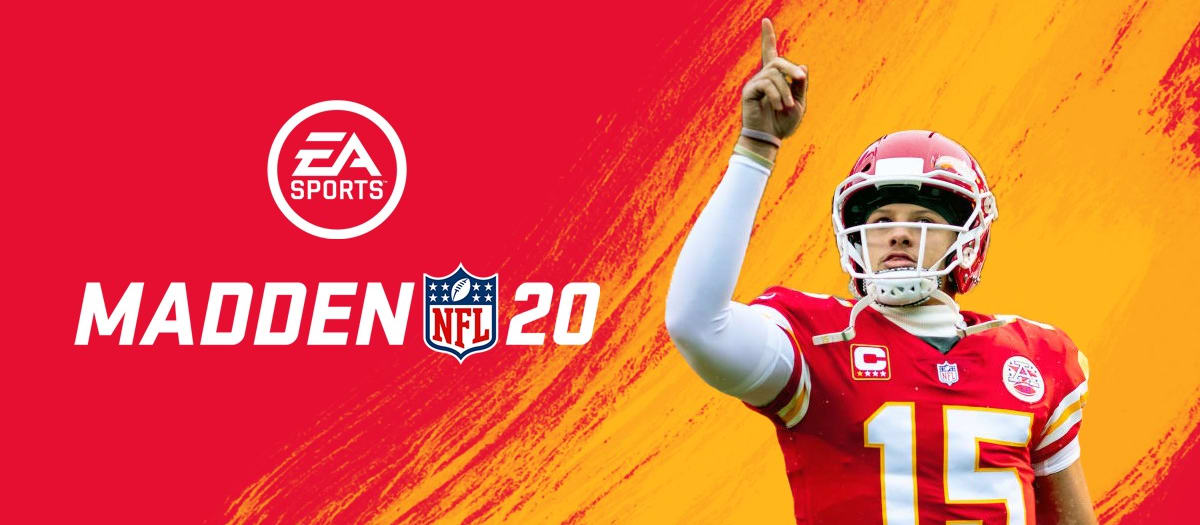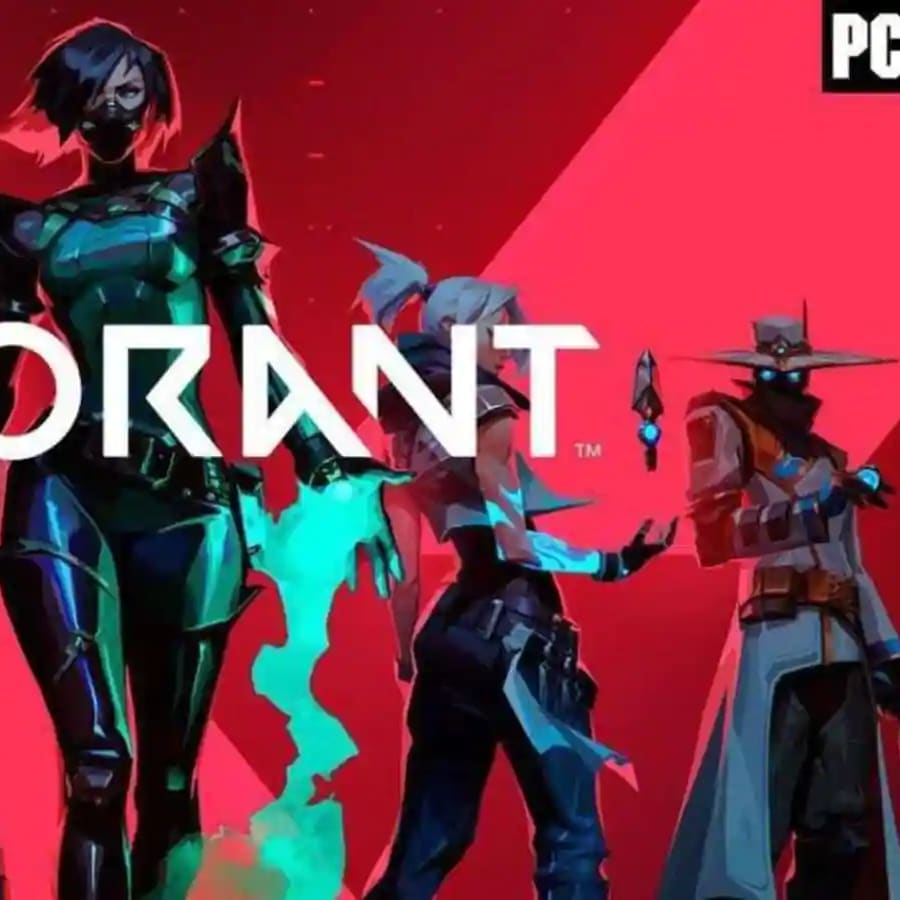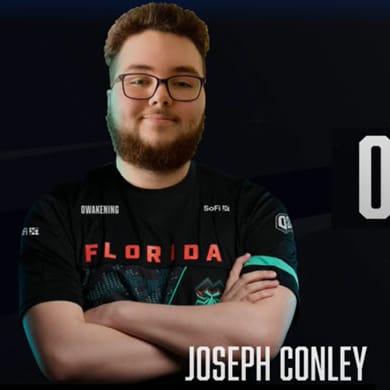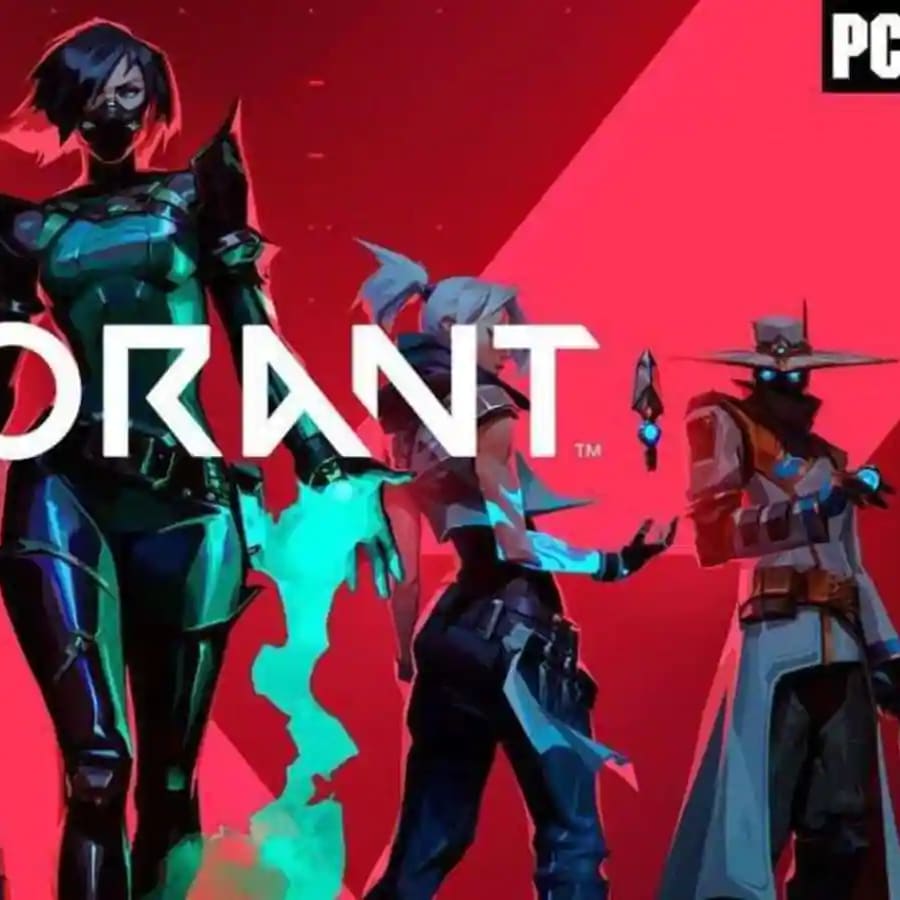DraftKings has drastically expanded its esports competitions in recent days, so much so that the inevitable natural conclusion of this line would be to incorporate simulated sports games such as Madden 20.
The good news is that the scoring is the exact same as traditional NFL games, and with that, the fantasy competition is the same as DraftKings' regular showdown offerings, with users required to select a lineup of five flex players plus a captain, who earns 1.5 times the points of others (that being said, the captain's salary is also 1.5 times higher). All of this should be incredibly familiar to DFS veterans, but that's about where the similarities end. In this article, we'll run through a handful of key figures to factor in when putting together your Madden 20 simulation lineups.
Attributes referenced in this article can be found on the Madden 20 NFL Player Ratings Database; just search for the respective player search feature.
Speed Kills, or Does It?
Anyone who has ever played Madden knows that speed is king. Guys like John Ross, Jakeem Grant or Corey Grant might not be relevant names in the DFS circles, but they are hugely impactful in Madden. Unfortunately, that logic doesn't stretch all the way to these Madden 20 simulations, for a handful of reasons.
First off, each team has designated depth charts which the CPU rarely strays from. Whereas a bad game from David Johnson in real life might have Cardinals head coach Cliff Kingsbury gravitate towards more second-half carries for Kenyan Drake, the CPU will make no such reactionary changes.
If the speedy player is unable to see the field based on the CPU's depth chart alignment, they won't be able to take advantage of the statistical mismatch.
That's made worse by the fact each game consists of six-minute quarters with accelerated clock turned on, meaning almost every play will start with somewhere between 12-15 seconds left in the play clock. As a result, each team will maybe only have three drives to work with in each half, and that's likely being generous. Players locked into Madden-schemed time shares will suffer dramatically from this. And there are …. a lot of situations like that. In fact, Madden 20's scheme-based depth chart allows for a surprisingly realistic depiction of real-life situations. Tarik Cohen and James White inserted into passing downs? Check. Julian Edelman operating as a strict slot receiver despite being a higher overall player than Phillip Dorsett or N'Keal Harry? Count on it.
Alright, back to the speed statistic. We can predict when/if a speed player will get on the field, but we can't predict whether the CPU will call a designated deep pass for a speedy player, so it's likely more important to consider the matchups the speed player might face equal to the opportunities they'll have to break free in a given game.
Take Curtis Samuel, for example. The third-year wideout sits at 95 speed, and at least this year (thanks Robby Anderson), should be in a prominent spot on the depth chart to "have" opportunities for deep throws. That matters more if he faces say, Buccaneers cornerback Carlton Davis, who is simply drastically slower (88 speed) than his likely matchup. But that speed advantage is rendered useless against Falcons cornerback Kendall Sheffield, who sports 93 speed.
In short, speed matters to the extent that slower players normally get shut down by faster players. Unless there's an extreme inverse of that idea, a faster player doesn't have a significant advantage over someone who is only slightly slower.
Awareness and Play Recognition Above All Else
Unlike speed, the awareness stat (listed as AWR) and play recognition stat (PRC) are hugely important on the offensive/defensive matchups. Because this simulation is being played on arcade mode, assume every quarterback will make the "proper" read, i.e., one that will generate yards. Arcade mode also means that just about every catch will be made regardless of the coverage. However, the CPU QB will attempt fewer passes in situations it deems "less favorable" than other options. Awareness and play recognition are the two primary statistics when determining how a defender plays in coverage. You can assume higher overall defenders will have high awareness and play recognition – in fact it's one of the only statistics Madden developers use to boost a player's overall level.
Awareness and play recognition from an offensive prospect only matter for the quarterback. A low awareness quarterback might take less time to process the "favorable" choice, losing opportunities for potential positive yardage. They'll also be prone to taking more sacks, which leads me into the final point of strategical advice.
Don't Fade Defenses or Kickers
We already discussed how these games will generally be low scoring. There's simply a finite number of opportunities for the CPU teams to score; a number that reduces when you factor in Madden's horrible coding in relation to sound, red zone strategy.
It's probably not wise to use kickers or defense in the captain spot, but touchdowns will be at a premium in these contests, whereas field goals and sacks will be easy points at a discounted price. About the only strategy I can confidently recommend in a Madden 20 simulation is that mistakes, mess ups and ineptitude will occur, all of which would favor rostering some combinations of defenses and kickers.


































